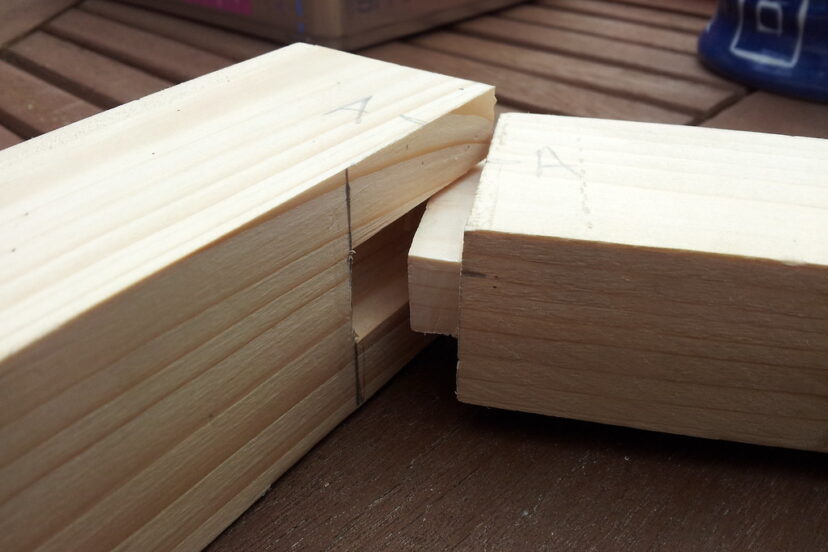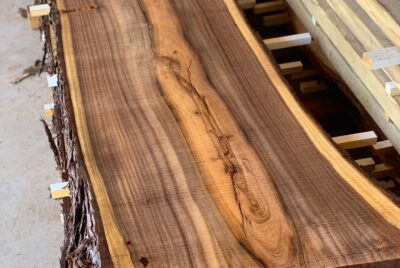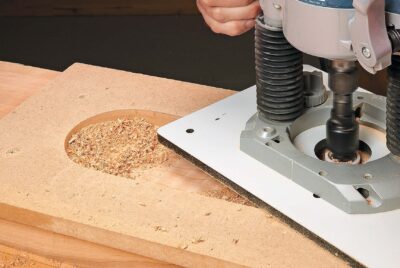Mastering the Art of Woodworking Joints: Connecting Pieces with Precision and Style
Introduction: The Essence of Woodworking
Woodworking is not just about cutting and shaping wood; it’s about the art of connecting those pieces together to create something truly remarkable. The unsung heroes of any wooden creation, from the sturdiest furniture to the most delicate jewelry box, are the woodworking joints. These intricate connections are the foundation upon which we build our masterpieces, and understanding their nuances is the key to unlocking the full potential of our craft.
The Versatility of Woodworking Joints
Woodworking joints come in a wide variety of forms, each with its own unique characteristics and applications. Knowing which joint to use can mean the difference between a sturdy, long-lasting piece and one that falls apart at the first sign of stress. It’s like having a toolbox full of specialized tools – each one designed for a specific task, and the true artisan knows which one to reach for in any given situation.
The Mighty Mortise and Tenon
The mortise and tenon joint is the old faithful of the woodworking world, a time-honored connection that has been holding pieces of wood together for thousands of years. Its strength and simplicity make it an ideal choice for structural projects like tables and chairs, where the joint needs to bear significant weight and stress.
The Dovetail: A Hallmark of Craftsmanship
The dovetail joint is a true testament to the skill and artistry of the woodworker. Its interlocking fingers not only provide incredible strength but also create a visually stunning pattern that has become a hallmark of fine craftsmanship. Perfect for drawer fronts and boxes, mastering the dovetail is a rite of passage for serious woodworkers.
Biscuit Joints: Hidden Strength
Biscuit joints might not have the fame of dovetails or the history of mortise and tenon, but they pack a punch when it comes to adding strength without being seen. Ideal for aligning edges in tabletops or cabinet faces, these small, oval-shaped pieces of compressed wood are the secret agents of the woodworking world.
The Versatile Butt Joint
The butt joint may be the simplest of all, but don’t let its straightforward nature fool you. This joint, where two pieces of wood are simply “butted” together and fixed with glue, nails, or screws, has its place in the woodworking arsenal. Its simplicity and quick construction make it perfect for basic projects or where appearance is not the primary concern.
Lap Joints: Overlapping Strength
Lap joints involve removing material from two pieces so that they overlap when joined, creating a stronger bond than a simple butt joint. Whether it’s a half-lap or a cross-lap, these joints offer a good mix of strength and simplicity, making them a versatile choice for a wide range of projects.
The Flexible Dowel Joint
Dowel joints use small wooden pins (dowels) to align and strengthen the connection between pieces. This joint is a great alternative to the mortise and tenon, offering similar strength without the complexity. Dowels are the unsung heroes of the woodworking world, quietly holding pieces together with their humble strength.
Miter Joints: The Angle Masters
Miter joints are all about angles, typically 45 degrees, creating a seamless and attractive joint perfect for picture frames or box corners. When glued, they form a beautiful, continuous grain pattern, but they often require reinforcement to ensure the angled surfaces stay firmly connected.
Rabbet and Groove: Creating Recesses
Rabbet and groove joints involve cutting a groove or a notch (rabbet) into the edge or end of a piece of wood to accept another piece. These joints are excellent for back panels on cabinets or for fitting shelves into a frame, providing a snug and secure connection.
Pocket Hole Joints: The DIY Favorite
Pocket hole joints are a favorite among DIYers for their simplicity and strength. By drilling an angled hole into one piece of wood and then driving a screw through it into another piece, this joint is perfect for everything from bookcases to tables, making it a go-to choice for the home woodworker.
Choosing the Right Joint for Your Project
Selecting the appropriate woodworking joint for your project is a crucial decision that requires considering several factors, such as the project’s purpose, the type of wood, the tools available, and your skill level. It’s like choosing the right outfit for an occasion – what works for a casual meetup might not be suitable for a formal event.
Conclusion: The Art of Connecting Pieces With Woodworking Joints
Woodworking joints are the foundation upon which we build our creations, and understanding their nuances is the key to unlocking the full potential of our craft. Whether you’re a seasoned woodworker or a curious beginner, mastering the art of connecting pieces together can transform your projects from good to great. Remember, it’s not just about joining two pieces of wood – it’s about creating something that will stand the test of time and leave a lasting impression.
For more details and ideas for quick and easy woodworking projects, tap here.
FAQs On Woodworking Joints
- What is the strongest woodworking joint?
The mortise and tenon joint is often considered the strongest wood joint due to its interlocking design. - Can I use only glue for my woodworking joints?
For some joints, like the dovetail or mortise and tenon, glue can be sufficient. However, other joints may require additional reinforcement, such as screws or dowels, to ensure a strong and durable connection. - What’s the best joint for beginners to start with?
The butt joint or pocket hole joint are great starting points for beginners due to their simplicity and ease of execution. - Do I need special tools to create woodworking joints?
While some joints can be made with basic tools, others might require specialized tools like a dovetail saw or a biscuit joiner. Investing in the right tools can make a significant difference in the quality and precision of your woodworking joints. - How can I improve my woodworking joint skills?
Practice, research, and patience are key. Start with simple projects and gradually tackle more complex joints as your confidence and skills grow. Attend workshops, watch tutorials, and seek guidance from experienced woodworkers to continuously expand your knowledge and refine your techniques. - Where can I find more ideas about woodworking joints and project ideas?
Here’s a great place to learn more about woodworking projects.




